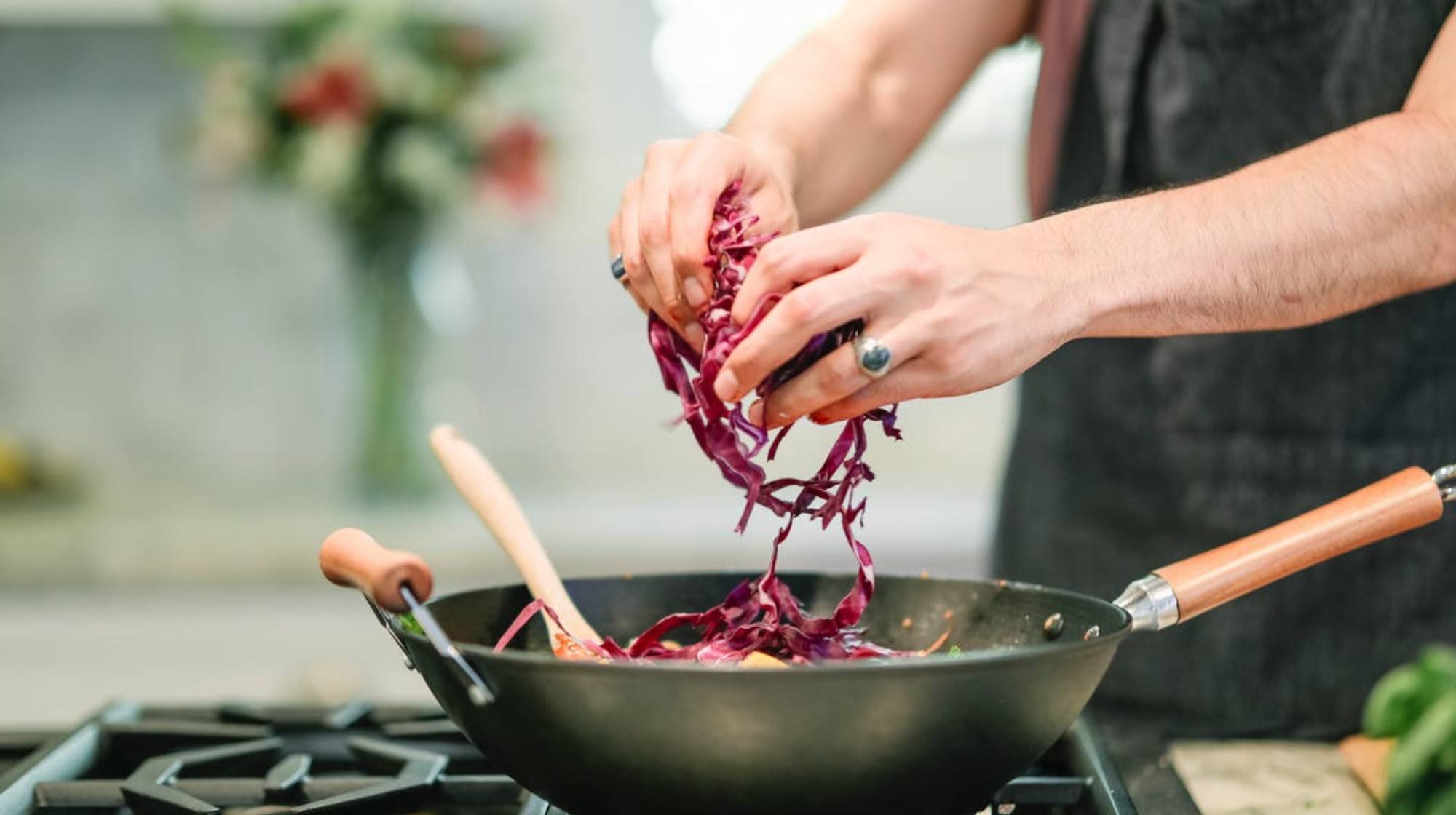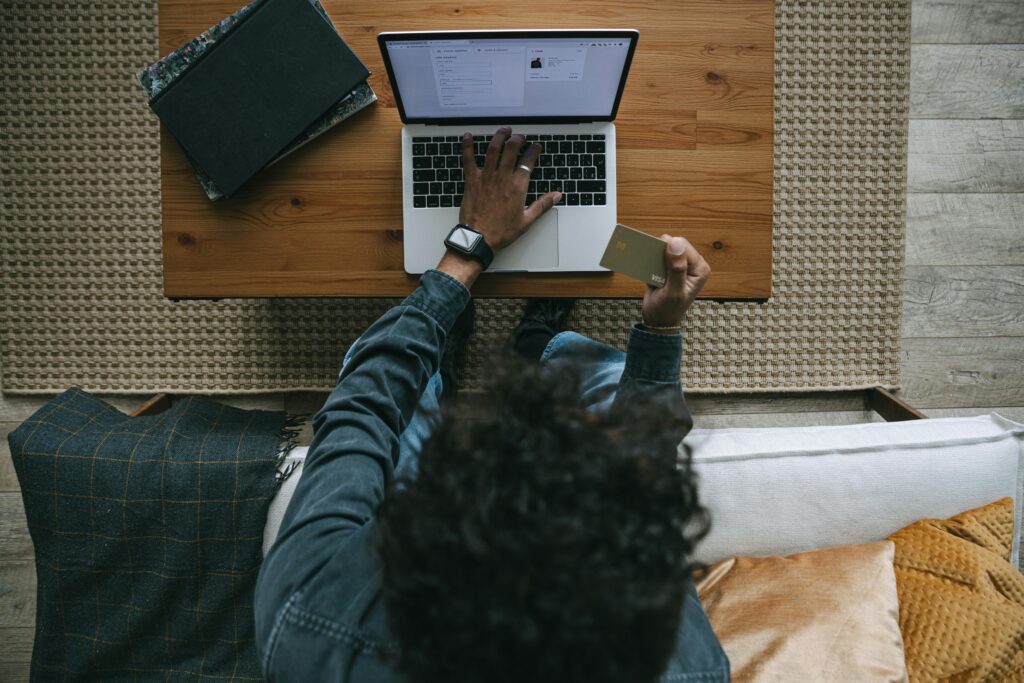
How to Teach Cooking Online, Part II: Live Teaching
With cooking, timing is everything. So how can you plan a live lesson when you need to cook at the same time?
Note: This blog is part of a series. Don’t miss Part I: “Finding Your Angle.”
Shortly after graduating high school, I spent a year taking cooking courses at a community college. Two semesters of 5-hour, M–Th workshops in the kitchen were enough to convince me that I didn’t want to become a chef after all, but I will never forget or regret the experience. It wasn’t just that I learned some valuable life skills, I also benefitted from an excellent teacher who could enliven even the most practical kitchen demonstration into something memorable.
Of course, the power of personality is what makes so many cooking shows work—there’s a reason why TV chefs become celebrities. But even the most captivating of these chefs spend more of their time entertaining their audiences rather than teaching them how to cook. After all, you may have loved Anthony Bourdain’s exploration of world culinary fair, how many times did you try to cook one of his recipes?
But your learners are a different matter. They’re here to learn, and that’s going to mean they’ll have questions. And many of those questions won’t be so easily answered by a multiple choice quiz. That’s where a live teaching can be such a powerful teaching tool: your learners don’t just want you do everything in real time, they have a chance to ask you about it as you go.
Yes, live teaching does sound scary—all the more so when you’re also working on a stove top. But the payoff for your learners can be immense, and may be the deciding factor that makes your course a success. Here’s how you can make it work.
1. Practice ahead of time to feel comfortable.
If you’re teaching an online cooking course, it’s safe to assume you know your way around the kitchen even when you have a pot on every burner and a full oven to boot. But doing all this while running a video presentation takes multitasking to the next level.
Since you’re most likely to be flustered by unfamiliar recording equipment, make sure you have your setup carefully planned. Know how much of what you’re filming will fit into frame so that you don’t accidentally chop your head off, or painstakingly demonstrate a technique your learners can’t see. If you really can’t do both at once, consider bringing in an assistant to help with filming so you can focus on teaching.
2. Choose your live demonstrations wisely.
Next up: be selective in which lessons you’ll host live. Not every technique will be suitable for a live audience. If you’re working on something especially intense (such as cooking over high temperatures), spare yourself the embarrassment of a blunder by filming it step-by-step in advance. You can always answer questions or demonstrate a small part of the process later.
Instead, focus on high-value steps that may require more explanation, but won’t catch you fighting a grease fire after your deep fryer boils over. Prepare ahead so that you have “before” and “after” stages of your dish ready to show learners if needed.
3. Set expectations ahead of time for what you want your learners to prepare.
With all this emphasis on lesson planning, it’s important not to lose sight of one of the main benefits of running a live lesson: learner participation. Unlike a traditional course that might use live session time to run a discussion group, running an online kitchen group give your learners the opportunity to practice practical skills. But if they’re going to gain the most from this endeavor, they need to come prepared.
That might mean asking your learners to prep certain ingredients, or even have the dish partially prepared in advance. Or it could be as simple ask asking them to preheat their oven. Whatever you need your learners to do, set up automated email reminders before the lesson so that they aren’t caught off-guard.
4. Don’t feel the need to structure every second of your live cooking lesson.
One of the dangers of running a live lesson is that you, the instructor, can become tempted to plan your lesson down to the last minute. The desire is understandable, but likely to backfire. Not only is it hard to predict everything that might happen during our lesson, but over-planning can leave you unable to adapt to your learners as they follow along at home.
So, if you’re one of those who feel inclined to plan to the limit, take a moment to plan down time so your learners can ask questions and catch up with the pace of your lesson.
5. Accept feedback and special requests from learners.
Finally, be open to suggestions from your learners, not just during your live lessons, but throughout the duration of your course. Maybe have some concepts for live lessons in your back pocket, but also run a poll to find out what your learners are most keen to learn.
Maybe one class is especially anxious to learn a special cake decorating technique, while another wants a demonstration of artisan bread braiding. Offer your learners some options, or let them submit their own ideas.
Live instruction is worth the logistical hassle.
It is undeniably more difficult to teach live culinary lessons over the Internet than to film a series of videos. But the payoff is worth it. By giving your learners an extra opportunity to learn directly from you, you can encourage them to keep going and provide timely feedback about aspects of your course that might otherwise hold them back.
Next up for teaching an online cooking course: Marketing and Engagement.

LearnDash Collaborator
@LearnDashLMS





